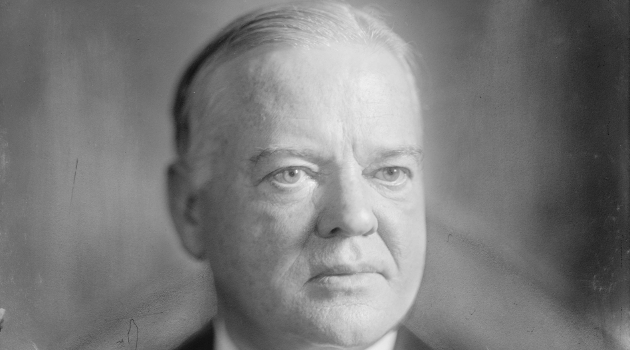There were many policy mistakes that contributed to the Great Depression.
Monetary Policy presumably deserves the lion’s share of the blame, but politicians also increased the fiscal burden of government and radically expanded the amount of regulatory intervention.
And a tit-for-tat trade war, mostly caused by the United States (Hoover’s Smoot-Hawley tariff), also contributedto the economic destruction of the 1930s.
Sadly, history may be repeating itself, at least with regard to trade. That was my message in this recent discussion with Charles Payne.
This is why Trump’s protectionism is so alarming.
Let’s explore this issue.
Peter Coy, in a column for Bloomberg, explains the dangers of Trump’s approach. Simply stated, it’s not a good idea to let the protectionist genie out of its bottle.
…the president has instigated a trade war…his actions are eroding trust among both allies and rivals. Once gone, trust is hard to reestablish… U.S. corporate leaders soft-pedaled their criticisms of his trade policies
in the past because they hoped he’d come around to their point of view. …Now they worry that waiting for the squall to pass may be a mistake because real damage could be done in the meantime. …the threats and counter threats create uncertainty that may induce businesses to hold back investment in new plants and equipment, known as capital spending, or capex.
We’re already seeing some blowback against the United States. But as I stated in the interview, the big concern is what comes next. The economic damage can be significant.
And all bets are off if the trade war goes hot. Fink warned that stocks could fall 10 percent to 15 percent if the Trump administration approves tariffs on an additional $200 billion of Chinese imports. …In the longer term, trade barriers make the global economy permanently less efficient because sheltered economies produce things that could be made more cheaply elsewhere. …if countries restored their tariff rates to their 1990 levels, wiping out almost 30 years of reductions, world average living standards in 2060 would end up about 14 percent lower.
Sadly, Trump seems oblivious to these concerns. So, just like 80 years ago, we’re heading down the tit-for-tat path.
What’s instructive for today is how the U.S. extracted itself from the beggar-thy-neighbor spiral that started with the Smoot-Hawley Tariff Act of 1930 and helped deepen the Great Depression. President Franklin Roosevelt lobbied for and got the Reciprocal Trade Agreement Act of 1934, in which Congress ceded some authority over international commerce to the president… To Dartmouth College economist Douglas Irwin, a historian of free trade, one lesson of the 1930s is that “it’s not as easy to snap back as you think” from a trade war.
Irwin’s argument is similar to the point I made in the interview about needing an adult to take charge before things spiral out of control.
P.S. Since I’ve referenced the Great Depression, I can’t resist reminding people that FDR was so awful that he actually tried to impose a 100 percent tax rate by executive fiat.

